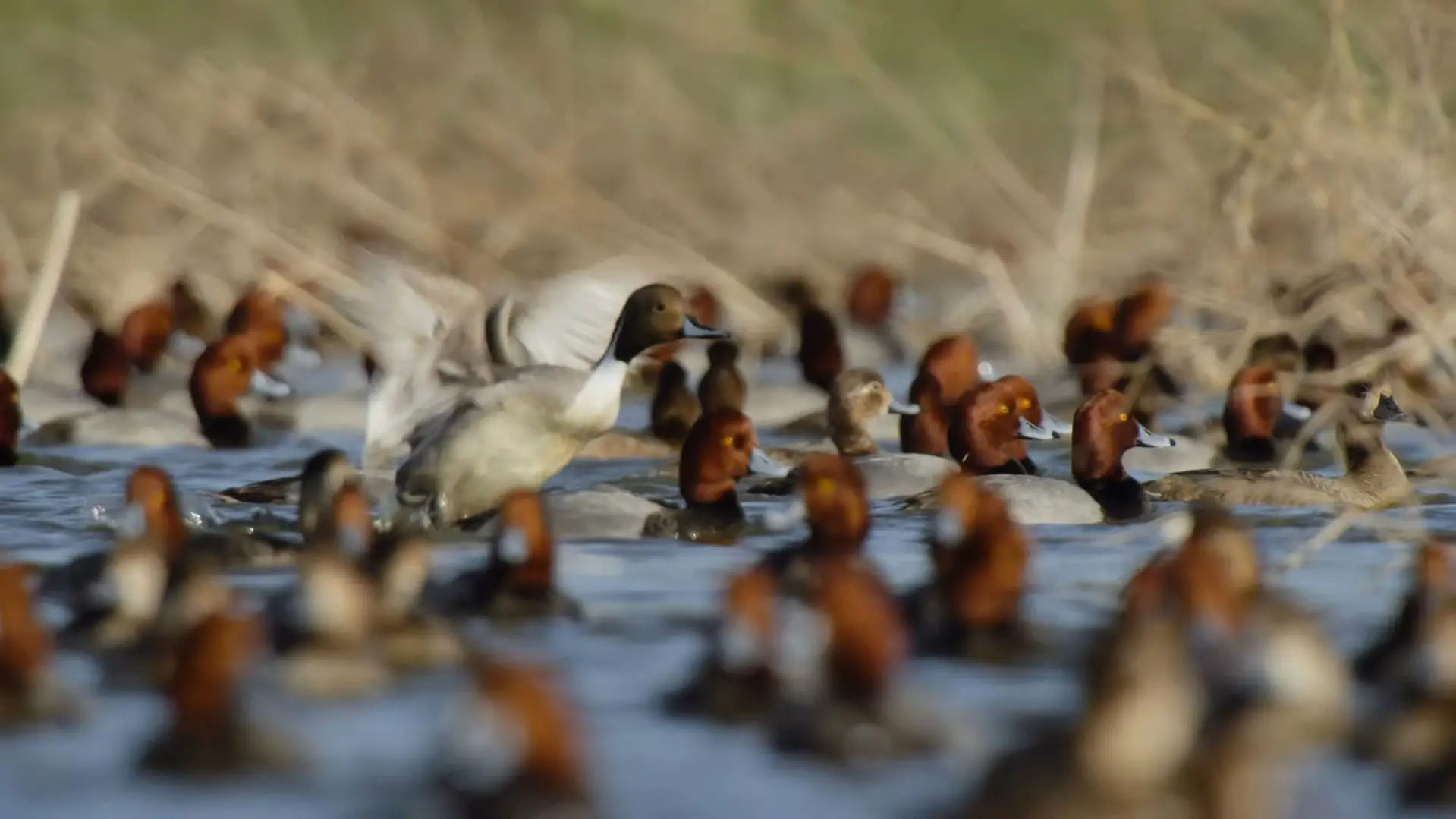
Nature Documentaries
Nature documentaries can be both informative and entertaining. They can teach us about the natural world and how it works, while also providing us with a sense of awe and wonder at the beauty of nature. Some of my favorite nature documentaries are those that focus on the animal kingdom, such as BBC’s “Life” series. These documentaries can take us on a journey around the world to see some of the most amazing creatures on Earth. They can also provide us with insights into the everyday life of animals, from the hunting techniques of lions to the migratory patterns of salmon.
The Benefits of Nature Documentaries
Nature documentaries can have many benefits. They can educate us about the natural world and how it works. They can also provide us with a sense of wonder and appreciation for the beauty of nature. In addition, nature documentaries can help us to understand and respect the animals that share our planet.
What You Should Be Aware of When Watching Nature Documentaries
There are a few different ways that camera techniques can be used in nature documentaries. One way is to use hidden cameras. Hidden cameras are used to capture footage of animals in their natural habitat without them being aware of the camera. This allows for a more natural and unscripted look at the animals.
Another way to use camera techniques is to use time-lapse photography. Time-lapse photography captures a scene over a period of time and then condenses it into a shorter time frame. This can be used to show the changing seasons or the growth of plants. Lastly, aerial photography can be used to capture footage from a bird’s eye view. Aerial photography gives a different perspective on the landscape and can be used to show the scale of the environment.
Each of these camera techniques has its own advantages and disadvantages. Hidden cameras can be difficult to set up and maintain, but they offer a more natural look at the animals. Time-lapse photography can be time consuming, but it can compress a lot of information into a short time frame. Aerial photography can be expensive, but it gives a unique perspective.
When watching a nature documentary, it is important to be aware of the camera techniques that are being used. This will help you to understand the documentary better and to appreciate the different ways that the footage was captured.
What Makes a Good Nature Documentary – Tips for Filmakers
In order to make a good nature documentary movie, it is important to have a clear and concise story line. The story should be interesting and engaging, and it should be easy for viewers to follow. Additionally, the cinematography of the movie should be beautiful and capture the natural beauty of the subject matter. Finally, the narration should be informative and provide insights into the nature of the creatures or landscape being portrayed.
With these elements in mind, here are a few tips on how to make a great nature documentary movie:
1. Choose an Interesting Story
Your story should be something that will captivate your audience and make them want to learn more about the subject matter. It should be easy to follow and understand, and it should be visually appealing.
2. Make Sure Your Cinematography Is Top-notch
Your movie should be visually stunning. The shots should be well-composed and beautiful, and they should accurately portray the natural environment in which the story takes place.
3. Use Informative Narration
Your narration should provide viewers with information about the creatures or landscapes featured in your movie. It should be interesting and engaging, and it should help viewers understand the importance of what they are seeing.
4. Use Music to Enhance Your Story
Music can be a great way to set the mood for your movie and help viewers connect with the story on an emotional level. Choose music that fits the tone of your story and helps to create an immersive experience for your audience.
5. Keep it Short and Sweet
Nature documentaries are typically shorter than other types of movies, so make sure yours is as well. Your movie should be around 30 minutes to 1 hour in length, and it should be concise and to the point.
By following these tips, you can make a great nature documentary movie that will both educate and entertain your audience.



